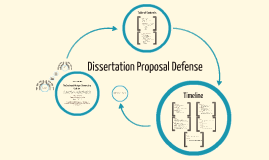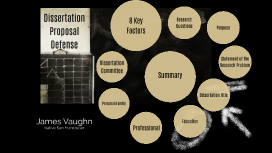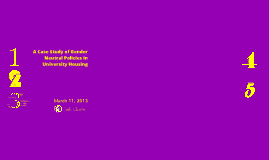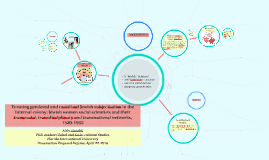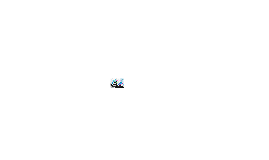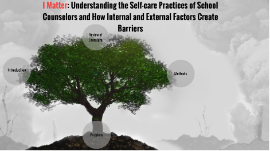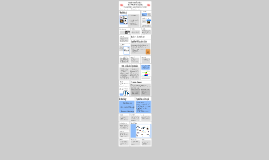Dissertation Proposal Defense
Transcript: Students in alternative schools Critical Theory recognition power relations possibility for transformation California State University, San Marcos Tuesday, October 18, 2011 Methodology (McLaren & Girarelli, 1995, p.2) student view of instruction (Atkins et al., 2005; Brown, T., 2007; Foley & Pang, 2006; Kelly, 1993; Kim & Taylor, 2008; Lehr & Lange, 2003; McNulty & Roseboro, 2009; Muñoz, 2004; Quinn et al., 2006; Warren, 2007) Informs policy and procedures Many establishing a caring and supportive environment Lack of rigorous academic standards Self-Determination Theory (SDT) Generalizability Critical Theory Self-Determination Theory Student Voice (APA, 2008; Marinez 2009; Skiba & Rausch, 2006; Wallace, Goodkind, Wallace, & Bachman, 2008) Created for the benefit of the traditional schools Critical Constructivist Theoretical Framework Basic pyscological needs: autonomy competency relatedness A Mixed Methods Examination of Student Experience in an Alternative School Real Huge Can we reimagine alternative education? Statement of the Problem Research 1) Who attends alternative school? (Arcia, 2006; Brown, T., 2007; Cox, 1999; Kelly, 1993; Kim & Taylor, 2008; Lehr, Tan, & Ysseldyke, 2009; McNulty & Roseboro, 2009; Muñoz, 2004) Gives voice and advocates for students who have been marginalized Achievement Serving students labeled “at-risk” of educational failure Warehousing underperforming students Most vunerable and disadvantaged (Atkins et al., 2005; Darling & Price, 2004; Fairbrother, 2008; Loutzenheiser, 2002; Washington, 2008) recognition power relations possibility for transformation new methodology? critical enlightenment, critical emancipation, interpretation immanance (Brown, T., 2007; Kim & Taylor, 2008; Lehr et al., 2009; McNulty & Roseboro, 2009; Muñoz, 2004; Warren, 2007). Uniting logic and emotion Impossible to separate the knower and the known Practical for critical social action Acceptance of complexity Knowledge is socially constructed Power plays an exaggerated role Member checking Data triangulation (Lehr & Lange, 2003; Lehr et al., 2009) Deci & Ryan (2000) Overview student outcomes Limitations Real Alternatives? Research Questions Researcher Espistemology Reserarcher Espitomology The Gaps Significance The results might imply that alternative education has a hugh mountain or just a few peaks to climb to become a real alternative. What are the descriptive statistics? What are their goals? What is their perceived basic psychological needs satisfaction? How might students be associated into homogenous groups? Literature Review student experiences Theoretical Framework Student Voice Proposal Defense by Susan Glassett Committee in Charge Limitations supports and barriers Methodology Provides a systemic view from the student perspective communication as dialogue 2) What is the lived student experience before, during, and after attending an alternative school? Real Alternative? Adds to our knowledge Literature Review Tip Positionality Discipline Enrollment in alternative schools is increasing , due in part to excessive use of zero tolerance policies. Traditionally underserved students are being disproportionately suspended and expelled Research Questions (Darling & Price, 2004; de la Ossa, 2005; Fairbrother, 2008; May & Copeland, 1998; Poyrazli et al., 2008; Quinn et al., 2006; Saunders & Saunders, 2001; Washington, 2008). Data Operate with a relatively high degree of autonomy All aspects need research, especially research on student outcomes. (Kincheloe, 2005) Dr Erika Daniels, Chair Dr. Patricia Prado-Olmos Dr. Carolyn Hofstetter student profiles What are student outcomes from attending alternative school?? What factors (structural and cultural) support or challenge academic achievement and persistence in school? Statement of the Problem Improves practice Kincheloe and McLaren (2005) Significance of the study "Critical theory is, at its center, an effort to join empirical investigation, the task of interpretation, and a critque of this reality." Little to no accountability for student outcomes in alternative schools






